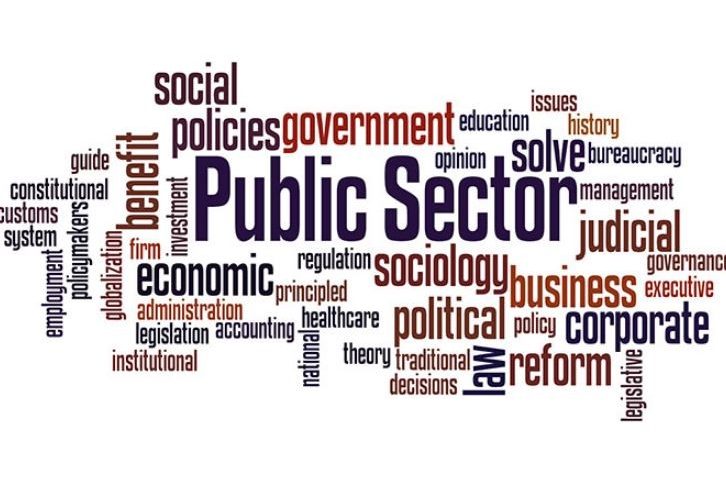The public sector is heavily solicited in these turbulent times. Shouldn’t it go through a readiness test to check its ability to manage digitalization, green leadership, mass customization and debt pressure?
In the face of so many challenges, the audit committee must clearly position itself as one of the players in the change process.
As a member of the audit committee, the first thing to do is to understand where your committee stands in the chain of authority: is it the advisory committee at the level of a board, a ministerial office, an administrative department, or a local authority? A good understanding of your position in the chain of power enables you to address the right people, on the right terms. It’s a question of legitimacy.
A second area for clarification is the role expected from the audit committee. The question to be asked is: who created you and why? Is it a law, a government policy decision or a good practice? Is the expected role designated as being that of an advisor or a controller?
Our review of the various profiles of audit committees in European states shows:
- The absence of an audit committee being compensated by the intervention of a court of auditors; or
- Audit committees overseeing one or more government departments; or
- A Central Advisory Board advocating for the harmonization of administrative processes; or
- An Internal Audit Management Committee primarily supervising the internal audit teams.
Each of these profiles corresponds to a different position on the maturity curve of public administrations and leads to a different role for the audit committee.
Among the classic areas of intervention of the audit committee, the most relevant areas in the public sector are certainly:
- Alignment with the public interest mission: the purpose is oriented towards the sole public interest.
- Compliance with the budget: public sector action is carried out within the framework of a budget. Budgetary control and accounting discipline are complex issues given the shortcomings of accounting and budgetary standards in the public domain. These issues are even more sensitive when the accounts are not audited by a certified auditor.
- Integrity and avoidance of fraud: the pursuit of the public interest – by definition very general – may lead to gaps and excesses. The ethics charter and code of conduct must set out guidelines for prohibited operations and behaviors.
- The requirement for efficiency and risk management: the use of public funds requires an efficient and economical organization. The principle of prudence requires risk analysis and the implementation of anticipatory measures.
Finally, the profile of the entities involved and the audit committee’s style of intervention vary according to the type of public activity in question: this may involve government activities (like education and defense), activities in the public interest (like housing and culture), or economic activities carried out within autonomous public companies (like transport and healthcare).
The success factors of an audit committee in the public sector amount to a clear governance at the top and well-trained directors. Let’s work on clarity and training, two vectors of a governance at the service of the public interest.
Xavier BEDORET – September 2020




